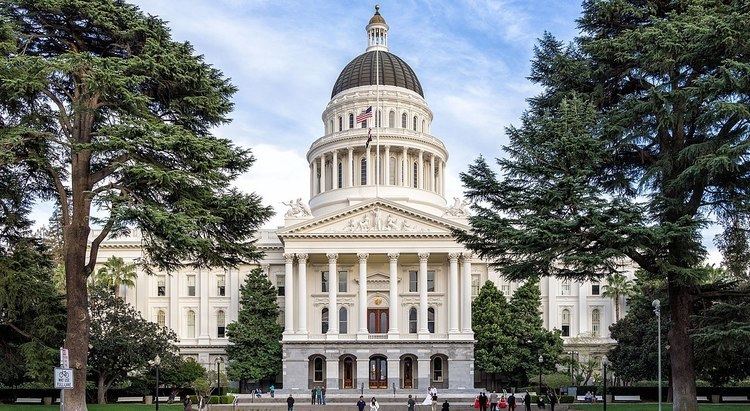
In the United States, each state has its own constitution.
Contents
- List of constitutions
- State constitutions
- Federal district charter
- Territorial constitutions
- Organic acts
- References
Usually, they are longer than the 8,500-word federal Constitution and are more detailed regarding the day-to-day relationships between government and the people. The shortest is the Constitution of Vermont, adopted in 1793 and currently 8,295 words long. The longest is Alabama's sixth and current constitution, ratified in 1901, about 345,000 words long. Both the federal and state constitutions are organic texts: they are the fundamental blueprints for the legal and political organizations of the United States and the states, respectively.
The Tenth Amendment to the United States Constitution, part of the Bill of Rights, provides that "The powers not delegated to the United States by the Constitution, nor prohibited by it to the States, are reserved to the States respectively, or to the people." The Guarantee Clause of Article 4 of the Constitution states that "The United States shall guarantee to every State in this Union a Republican Form of Government." These two provisions indicate states did not surrender their wide latitude to adopt a constitution, the fundamental documents of state law, when the U.S. Constitution was adopted.
Typically state constitutions address a wide array of issues deemed by the states to be of sufficient importance to be included in the constitution rather than in an ordinary statute. Often modeled after the federal Constitution, they outline the structure of the state government and typically establish a bill of rights, an executive branch headed by a governor (and often one or more other officials, such as a lieutenant governor and state attorney general), a state legislature, and state courts, including a state supreme court (a few states have two high courts, one for civil cases, the other for criminal cases). Additionally, many other provisions may be included. Many state constitutions, unlike the federal constitution, also begin with an invocation of God.
Some states allow amendments to the Constitution by initiative.
Many states have had several constitutions over the course of their history.
The organized territories of the United States also have constitutions or organic acts of their own, if they have an organized government through an Organic Act passed by the federal Congress. These constitutions are subject to congressional approval and oversight, which is not the case with state constitutions. If territories wish to enter the Union (that is, to attain statehood), they seek an enabling act from Congress and must draft an acceptable state constitution as a prerequisite to statehood.
List of constitutions
The following is a list of the current constitutions of the United States of America and its constituent political divisions. Each entry shows the original number of the current constitution, the official name of the current constitution, and the date on which the current constitution took effect.
State constitutions
Note that constitutions of states that were independent countries prior to admission, and constitutions used by rebelling states participating in the American Civil War are not counted.
Federal district charter
The District of Columbia (Washington City in the District of Columbia) has a charter similar to charters of major cities, instead of having an constitution like the states and territories. The District of Columbia Home Rule Act establishes the Council of the District of Columbia which governs the entire district and has certain devolved powers similar to those of major cities. Congress has full authority over the district and may amend the charter and any legislation enacted by the Council. Attempts at statehood for the District of Columbia have included the drafting of two constitutions in 1982 and 1987 respectively referring to the district as the State of New Columbia.
